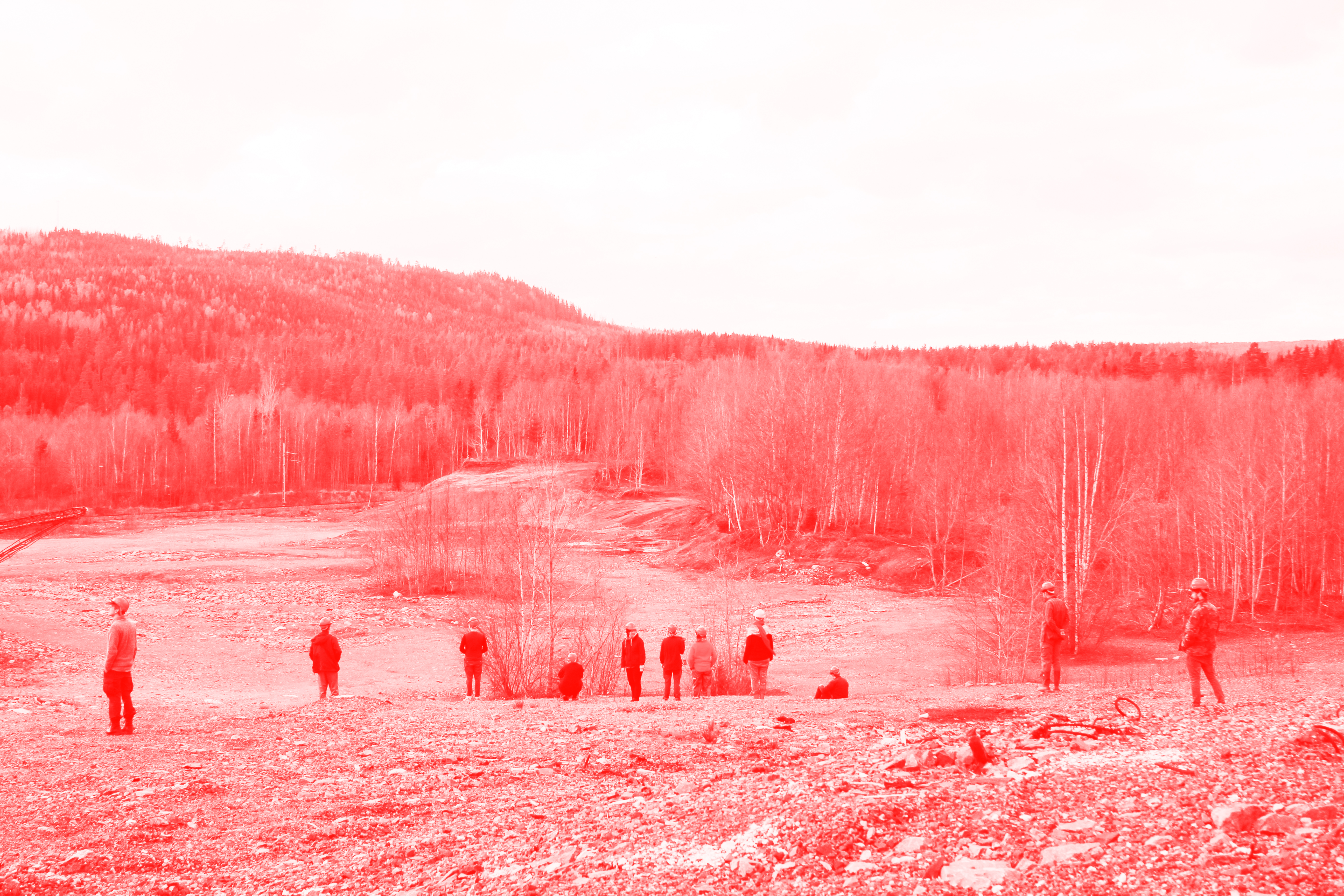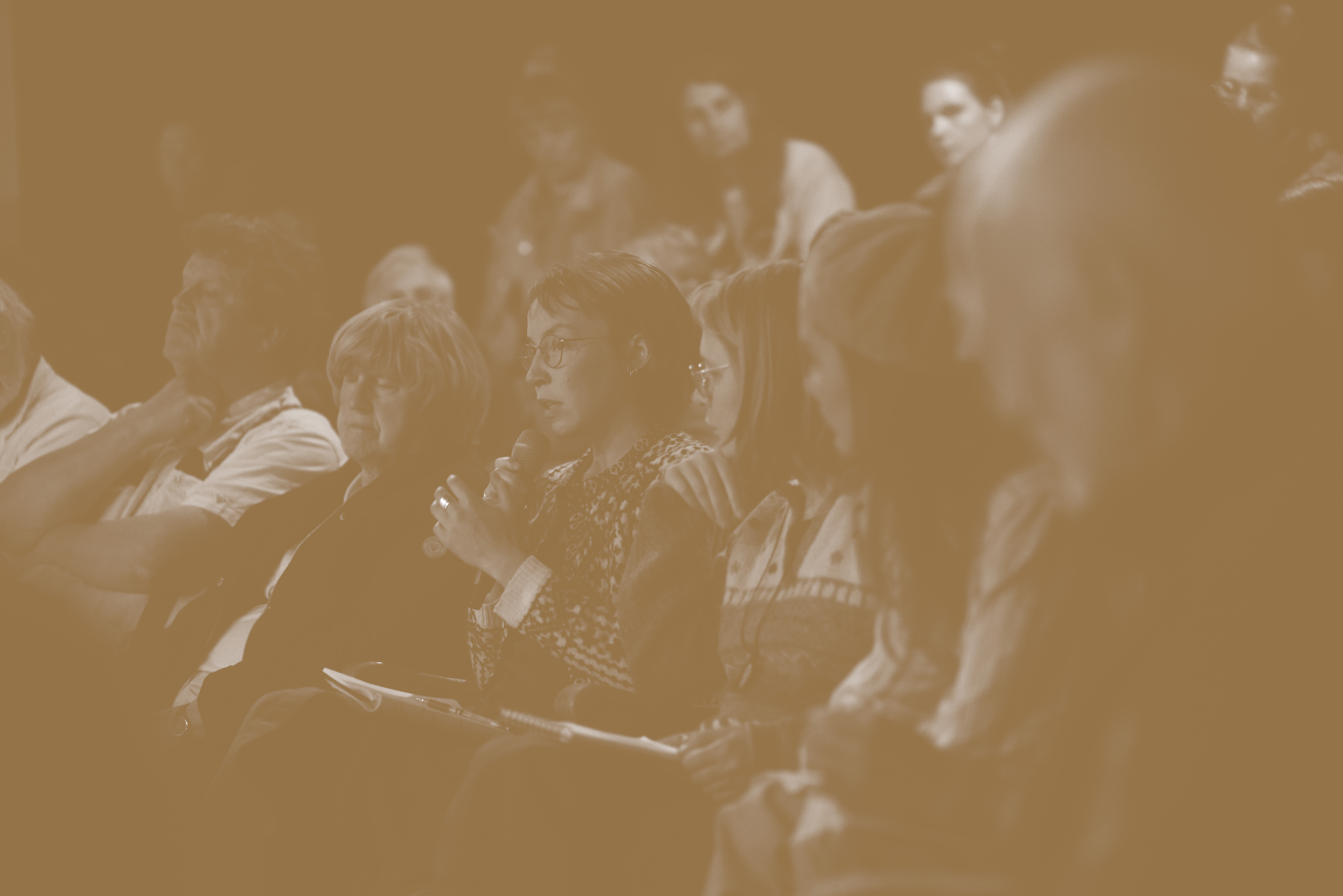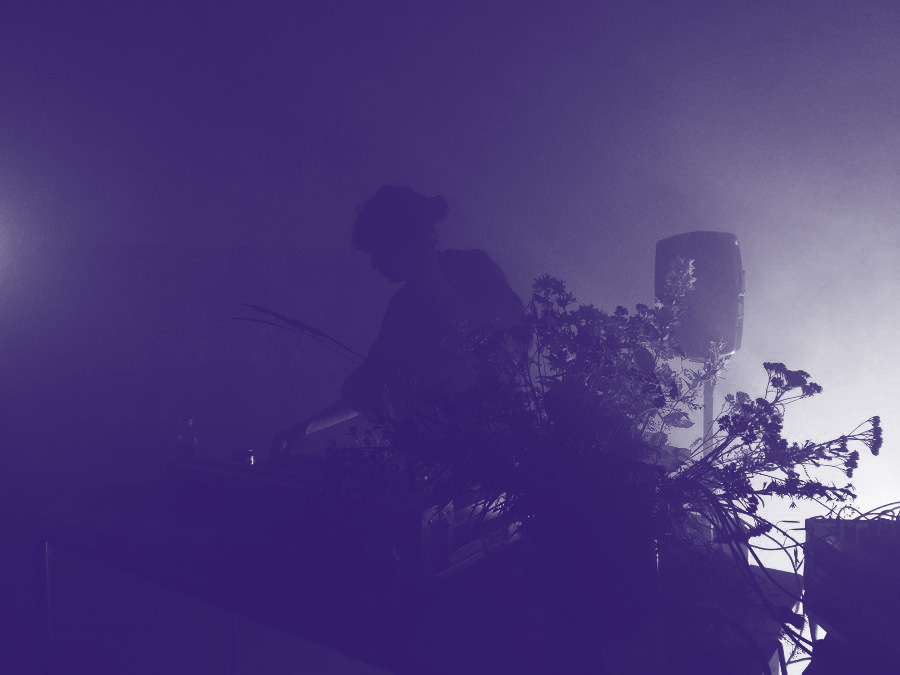Ställbergs
gruva
Ställbergs gruva aims to be a place where the big questions become personal – and the personal becomes part of the big questions. A place for learning, doubt, and the living. Collective and individual. Existential and political. A place where outer space and world markets lean in together with the soil and worms and roots, and the echoes of human voices in an old machine room. Ställbers gruva is run by the business association The non existent Center, and is based in an abandoned iron ore mine in Ställberg, in the municipality of Ljusnarsberg, Örebro county. The grounds consist of nine hectares of land and 4000 square metres of buildings.
Who we are


Where we are
The main shaft of Ställbergs gruvor mines reached 1072 metres below the ground at its deepest, was ultimately closed in 1977 after the business man Jan Stenbeck had taken over ownership of the operation. The capital realized from the sale was invested in the telecom companies ZTV and Comviq – today Tele2. The buildings of the mining area – the headframe, crusher, screen house, office buildings, and machine rooms – had been virtually unused for 35 years when TNEC started their activities.
What we do
The association behind Ställbersg gruva runs artistic, cultural, and social activities with a starting point in the mine and its unlimited surroundings. The public program includes hikes, talks/lectures, conserts, oral stories events, exhibitions, common meals, documentary theatre, and festivals.Ställbergs gruva runs an extensive interdisciplinary residency program with international as well as local guests. Within this program artists, writers, researchers and other professionals share working space, practices and thoughts, in dialogue with the place, its surroundings and social conditions.
Ställbergs gruva is engaged with the structural conditions and significance of local artists’ practices and art in a global art world. In collaboration with allied actors nationally and globally, methods, knowledge, and practices are shared to deal with the struggles of our current society.
Parallel to these activities, the group is preoccupied with a radical transition of the grounds and buildings of the mine, where energy efficient solutions for heating and sustainable construction materials are used. The aim is to make possible for a larger group of people to live and work there year-round.



How we do it
The activities at Ställbergs gruva take place in a probing agonism and agreement, and is based in an openness to all living things, history, and our common ground. These activities – whether they are a choir, a publication, or a conversation at the Nittälven shore – can be described as artistic social inquiry. These inquiries take their starting point in a curiosity to understand, and a will to find common ground in a large and unfathomable world, or in feelings of anger, powerlessness and concern.The group often works with common questions and methods, starting in the local surroundings with its economic, social and ecological conditions. Examples of questions are: what kind of knowledge do we need in a world where the climate is changing fast? How can we learn together?
A founding notion at Ställbergs gruva is that people with varying backgrounds, professions and ages are given the opportunity to think, act and inquire together. A probing of known and unknown parts – of the self and of the world.